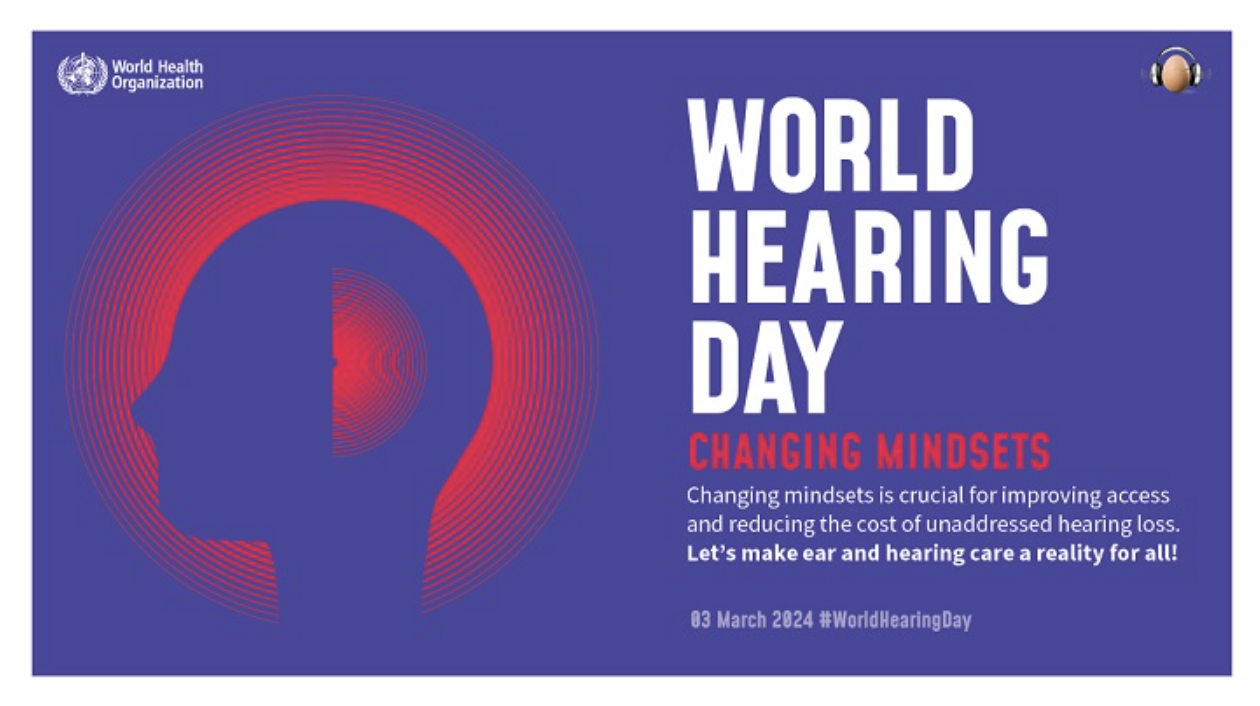
3 Phonak classroom resources you should know about
January 3, 2019
Why I’m jealous of my friends with hearing loss
January 7, 2019Parent-child dialogue promotes language development in toddlers

New research suggests that frequent dialogue between adults and children strengthens connections between brain regions critical for language development.
A study published in the Journal of Neuroscience used an in-home audio recording device to track the real-world language exposure of 40 four-to-six-year-old children over one weekend.
Children who engaged in frequent dialogue with adults had more well-developed pathways between the Wernicke’s area and Broca’s area, which are brain regions critical for speech production and comprehension.
Quality over quantity
MRI results showed higher white matter connectivity in the brains of the children who took a greater number of conversational turns per hour.
Brain connectivity was strongest in children who took over 200 conversational turns per hour.
Significantly, dialogue increased brain connectivity regardless of the sheer number of words heard.
Word quality, not quantity, produced the best developmental outcomes.
Specifically, frequent early dialogue yielded higher levels of brain connectivity, the study found.
Daily Dialogue
Dialogue is the flow of conversation between two or more speakers.
I visualize dialogue like a game of badminton, where speakers lob information back and forth between each other like a birdie.
Since the study emphasizes conversational turn-taking, my goal is to generate rich, continuous conversations with my children; to keep the birdie in play, so to speak.
In my layperson experience, the best way to keep a conversation flowing with a young child is to let them choose the topic and to ask open-ended questions.
Whereas closed questions can be answered with a simple “yes” or “no,” open-ended questions require more thought and elaboration.
Here’s an example of open-ended conversation I had today with my two year old:
“Oh no, cat went away!”
“Where did the cat go?”
“Cat hiding.”
“Let’s find it. Which room should we look in first?”
“Find cat hiding.”
“Where should we try to find cat?”
“Cat hiding kitchen.”
The biggest challenge is to create a meaningful dialogue from one or two toddler-generated observations.
Often I inadvertently ask a closed question (e.g., “Did the cat go away?” or “Can we find the cat?”) and then have to revise it when my child replies with a closed answer.
Environmental factors
Perhaps the most significant finding of this new study is that dialogue positively impacts a child’s language development regardless of family socioeconomic status.
Previous research suggested that a child’s language outcome hinged almost exclusively on the amount of money and education had by the parents. Children whose families had more money and social status enjoyed better language outcomes, according to that research.
This new study refutes that notion, at least in part. Brain scans suggest that dialogue is a more important environmental indicator than socioeconomic status in predicting white matter connectivity.
Free and easy
When it comes to supporting language development, it’s less about money or status than meaningful investments of time.
The study suggests that early intervention teams focus on implementing more dialogue to level the linguistic playing field.
With these results in mind, dialogue is a free, easy and highly effective means to produce better language outcomes.
Author Details
Morgan Snook is a writer from the Pennsylvania Wilds region. She enjoys being outdoors with her husband and two beautiful daughters. Her youngest daughter has mild-to-moderately severe bilateral sensorineural hearing loss, probably genetic. She wears Phonak Sky hearing aids, which she got at three months old.



